by: Lawrence J. Zeller, MSPA, ASA, Enrolled Actuary
On August 7, 2025, Donald Trump issued an Executive Order titled “Democratizing Access to Alternative Assets for 401(k) Investors.” This order directed the Department of Labor (DOL) and the Securities Exchange Commission (SEC) to investigate ways to include alternative assets such as private equity, real estate, commodities, and crypto in 401(k) plans.
While the DOL and SEC have begun taking measures to facilitate the inclusion of these “alternative” assets in 401(k) plans, there are many potential pitfalls that lead us to generally recommend against doing so.
We published two articles outlining similar concerns, “Don’t Tiptoe Around Crypto: Run The Other Way!” (May 9, 2023), that detailed many reasons why crypto is likely an inappropriate asset class for retirement plans. Similarly, “Real Estate as a Retirement Plan Asset: Likely a Bad Idea” (July 18, 2023), explained the myriad issues involved in including real estate in retirement plan assets.
But what about private equity? Private equity is the ownership of any company that is not traded publicly and therefore not available for purchase on stock exchanges. Typically, an investment company called a “private equity firm” specializes in buying ownership of privately held businesses and then selling them at a profit.
Many of the same perils mentioned in our previous articles about real estate and crypto also apply to the inclusion of private equity in 401(k) plans:
Illiquidity
Private equity investments typically cannot be sold quickly or easily for cash. Private equity is more suitable for investors with long investment horizons, meaning they will not need to access the funds until many years in the future. Lack of liquidity means that assets in private equity funds are generally not available for rebalancing, loans, or withdrawals, which may lead to financial hardship.
Valuation
The market value of 401(k) plan assets must be determined at least annually. Private equity investments are difficult to value accurately, and obtaining a valuation can be costly and time consuming. Their value is often estimated using models and projections, which can lead to significant valuation errors.
High Fees and Costs
Private equity firms typically charge high fees, and certain transactions can be costly. Because these costs accumulate over time, this can lead to erosion of retirement savings, reducing the overall growth of retirement savings.
Fiduciary Concerns
The plan sponsor, plan administrator, and Trustees are all fiduciaries, and therefore are obligated to act in the best interest of the participants. The inclusion of private equity funds as an available asset class may be challenged by participants, especially if these investments do not perform as well as more traditional investments. This can lead to personal financial liability on the part of the fiduciaries, including potential penalties or excise taxes if investing in any of the assets are deemed to be prohibited transactions.
Surety Bonds and Audits
Retirement plans must have a fiduciary bond equal to 10% of assets to cover plan losses from theft of assets or fraud. However, if the plan invests more than 10% of assets in non-qualifying assets (those that do not have a readily determinable market value), then either the bond must be increased to cover 10% of the qualifying assets plus 100% of the non-qualifying assets; or the plan must engage an independent accountant to conduct an audit of the plan assets, which can be costly and time-consuming.
Lack of Transparency
It is usually difficult to obtain and evaluate performance metrics for private equity investments. This makes it difficult for the trustee to determine the prudency of continuing to offer the private equity assets as an available investment option, and difficult for the typical 401(k) participant to make informed investment decisions.
Limited Access
Most private equity funds have high minimum investment requirements, and/or stringent investor qualification requirements. This may preclude some participants from being able to invest, and thus result in problems with passing the availability tests under the benefits, rights, and features requirements of the nondiscrimination rules.
Potential for Significant Losses
Private equity assets carry significant risk and may result in substantial losses. They are more vulnerable to business failures, sensitivity to general economic conditions, and market downturns than traditional stocks and bonds.
Plan Documents
Some plans may not permit investment in private equity. It’s possible the plan could be amended but it’s also possible such an amendment could take the plan out of pre-approved status.
Our Recommendation
You need to be cautious before including private equity among your 401(k) plan investment options. Perhaps private equity could be part of your overall investment strategy with the investment done with non-401(k) plan assets. In any case, we strongly encourage you to consult with a knowledgeable advisor before proceeding.
